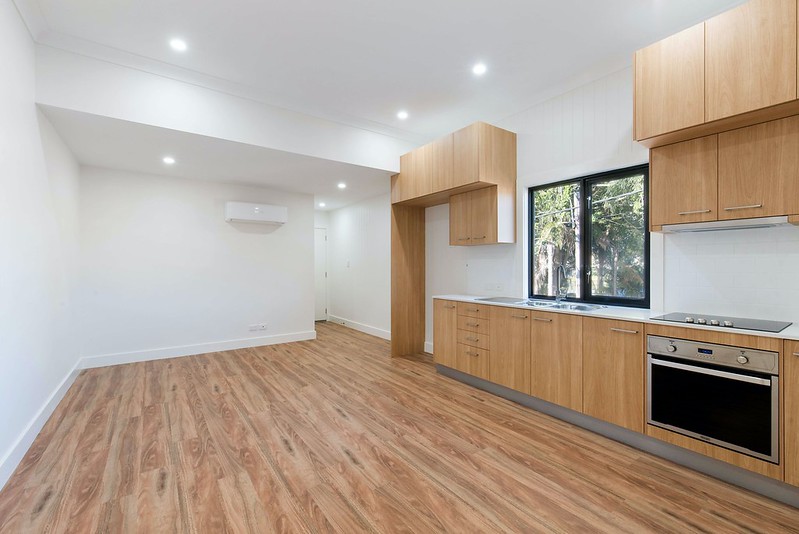
New data suggests that the number of households headed by individuals aged over 65 who are renting their homes will more than double to over one million in the next ten years.
Hamptons predicts that the figure will rise from 402,963 in 2022 to 1,003,382 by 2033.
This significant increase is attributed to the declining rate of homeownership among the tail end of the Baby Boomer generation and older members of Generation X. As households increasingly enter the property market later in life, there is likely to be a rise in older households still paying off their mortgages beyond the age of 65. However, this increase is expected to be small compared to the growing number of retirees who will be renting, potentially leading to significant social, economic, and political consequences in the future.
Currently, households aged 65 and above have some of the highest homeownership rates in history. However, as the subsequent age group reaches retirement, they are almost twice as likely to rent privately. According to the English Housing Survey, rented households make up 11.1% of those aged between 55 and 64 years old. Even if homeownership rates remain unchanged, demographic trends suggest that within ten years, the proportion of over 65s renting will rise to 11.5% due to fewer individuals owning their homes upon retirement.
The rise in the number of older renters reflects the gradual unwinding of the homeownership boom following World War II. As younger generations who missed out on this boom age, an increasing number are expected to be renting when they retire. The recent increase in mortgage rates makes it more challenging to buy a property later in life, especially as mortgage terms cannot be extended significantly to reduce monthly payments, particularly in the early years.
Rental prices are increasing across the market due to supply constraints and rising landlord costs. Higher mortgage rates, which have priced out potential first-time buyers, are also contributing to increased demand for rental properties. While the number of households seeking to rent remains similar to 2019, there are 47% fewer available homes. With interest rates expected to remain higher for longer and few new landlords entering the market, these pressures are likely to persist in the medium term.
Hamptons estimates that the growing number of older renters will result in households aged 65 and above spending £12.7 billion per year on rent by 2033, assuming no rental growth. Currently, renters of all ages collectively pay around £69 billion in rent annually. The majority of households aged 65 and above (78%) own their homes outright. However, the number of renters in this age group surpassed those with a mortgage in 2010. At present, households aged 65 and above with a mortgage pay approximately £1.8 billion annually, less than half the amount paid in rent.
According to Hamptons, the average rent for a newly let property in Britain reached £1,273 per month in June, marking a 9.4% increase compared to the same period last year. This is the sixth strongest annual rent increase since 2014. The overall increase means that tenants, on average, pay an additional £1,315 per year compared to those who moved into a new home last year.
The average rent for a one-bedroom home surpassed £1,000 per month for the first time in May, rising 11.1% year-on-year to £1,017 per month. The average two-bedroom rent now matches the price of a three-bedroom property in January 2022, with both averaging £1,170 per month. Rental growth has been consistent across all regions, although the pace has slightly cooled in Greater London, Scotland, and the East of England.
In June, the North of England experienced double-digit rental growth, joining Greater London in this trend. This is the fourth instance where rents in the three Northern regions, namely the North East, North West, and Yorkshire and The Humber, have risen by over 10% in the past 24 months.



































